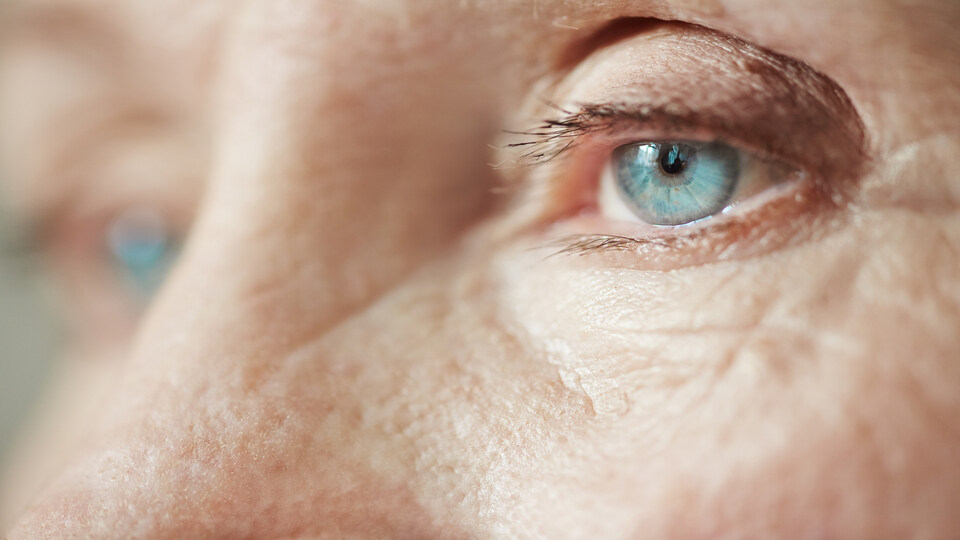Glaucoma: Simple Answers To Important Questions!
09/04/2025

03/01/2024
Definition:
It is a disease that is popularly known as increased eye pressure, but it is a misconception since it is actually a disease of the optic nerve , which connects the eye with the brain by transmitting images. The optic nerve, over time in this disease, is damaged and there is a leak in its fibers and consequently a leak of the visual field and vision.
Risk factors:
It is a disease that has many risk factors, the best known and the one we can best act on is ocular hypertension , or high eye pressure, however there are other risk factors such as arterial hypotension or sleep apnea , in both diseases there is an alteration in the arrival of blood to the optic nerve and therefore it suffers more from the consequences of the increase of eye pressure.
We must not forget one of the most important risk factors is the hereditary factor since the descendants of glaucoma patients may suffer from glaucoma more frequently.
Classification:
We can classify glaucoma into two categories: the first would be open angle glaucoma , the largest and most frequent (80%), and narrow or closed angle glaucoma (20%). It is a disease that can appear at any age from birth, which we call congenital glaucoma . There is also a juvenile glaucoma form that appears in young people between 14 and 30 years of age, and the adult form that is over 40 years of age, in the latter It is estimated that 3.5% of the healthy population suffer from glaucoma without knowing Item.
Symptomatology:
It must be considered that it is a completely asymptomatic or silent disease ; this makes it more dangerous since it is discovered later.
Diagnosis:
The diagnosis is usually very simple, it consists of measuring the intraocular pressure, making a simple examination of the visual field and a study of the shape, size and excavation of the optic nerve.
Treatment:
Our objective is to preserve the patient's vision and quality of life, this objective is achieved by preserving an optic nerve in optimal conditions to have a good visual field. Once the diagnosis is made, treatment must be started immediately and consists of various ways to reduce intraocular pressure, which is the only risk factor that we can act on and we succeed in most cases. We start the treatment with medications that decrease intraocular pressure. These medications are generally in the form of eye drops, drops that must be applied to the eyes constantly . It is important to make the patient understand the need to comply with the treatment. We have various types of drops that can lower that tension, we also have tablets that help to lower tension but we reserve these tablets for the waiting time for a surgical decision, we also have the possibility of treating eye tension with different types of lasers It is more effective in angular closure than by making a small hole in the iris, which is called an Iridotomy, we manage to solve the problem.
But in the case of the open angle we have different types of laser application at the angle that can make its way out of the fluid from inside the eye into the bloodstream and thus lower the tension, apart from this we are already entering the complex world of glaucoma surgery, which are operations that have the ultimate goal of lowering eye pressure, the most popular of surgeries is filtering surgery, which aims to force intraocular fluid out from within the eye into the subconjunctival space and thus is absorbed by blood, another type of surgery is the implantation of tubes that practically have the same purpose as the previous one but the surgery is a little more complex and there are small devices called MIGS that are implanted in the angle.
In the management and treatment of glaucoma there must be a very good relationship between the doctor and the patient, the patient must be made to understand that it is a disease for life, the patient must understand the disease and comply with the treatment daily, without forgetting to put on the drops not even for a single day.
Finally, it must be said that glaucoma is one of the most important causes of blindness, but this blindness can be avoided and prevented with medical examination and frequent follow up.